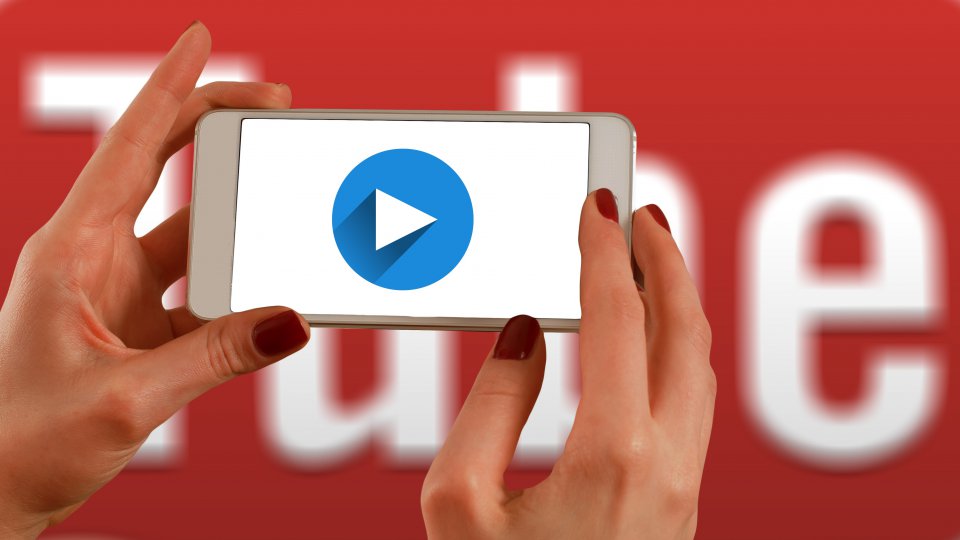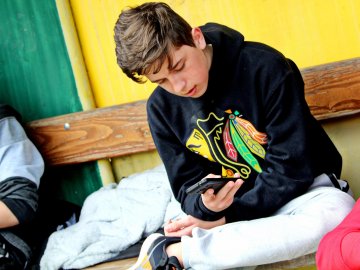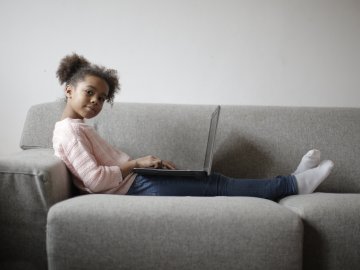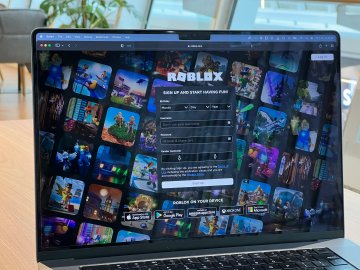You’d be hard pushed to have missed Youtube in the news recently. From controversial Vlogger Logan Paul making headlines to Youtube Kids still showing inappropriate content, unfortunately it doesn’t seem to be making the right sort of headlines.
The Numbers
But as a parent how are we consuming Youtube? Is it how your children watch TV, or to do their homework? New research from Ofcom found that 66% of teens use YouTube to watch TV programmes/films compared to 38% of all adults in 2017.
Do they use Youtube Kids? Amongst 8 – 17yr olds, 41% use Youtube daily, that’s more than Instagram, Facebook or SnapChat. Whilst younger children still mainly consume their TV through the TV set, this too is on the decline. Between 2010 and 2017, the viewing of broadcast TV by children (4 – 15yr olds) fell by 33% whilst the number using a tablet or device has risen year on year with over 50% of 3-4yr olds now online.
But do we know what they are really watching and if it is appropriate or even safe? Even YouTube Kids isn’t perfect, with inappropriate videos of poor Peppa Pig having done the rounds more than once, perhaps you’ve seen the one of Paw Patrol on a burning plane? Surely it isn’t all bad though; in fact YouTube is used by many schools, and can be a fantastic homework aid for children and adults alike. It’s a brilliant tool, especially if you are a visual learner.
Changes in Consumption Habits
The introduction of the smart phone and tablet has completely changed how we consume television. These days it’s not uncommon for children to be watching TV, YouTube, Netflix etc, individually, with a handheld device and a set of headphones in their room. And surely this must alleviate the age old argument of who gets to watch what on the TV. In fact a third of Britons say members of their household will sit together in the same room watching different programmes on different devices.
Even at 2, my youngest can scroll through all the apps, open up CBeebies Playtime, and play the games he chooses. My 4 year old is less likely to do this now (he has completed the free versions and I haven’t downloaded any new games for ages) so he happily scrolls Amazon Video for something that appeals; mainly Superhero cartoons or Paw Patrol.
We personally don’t tend to use YouTube, probably because we use Amazon, they haven’t tended to “need” it. For us, it’s easier, and safer, there are no adverts and no content we need to veto first. But actually, maybe I’m being too naïve, and trusting they aren’t clicking on any adult content. As soon as school starts, and homework kicks in, we will inevitably begin to use Youtube, using it to look things up, this of course will then introduce it into our house.
So what is appropriate viewing and consuming? Should we be watching the TV or tablet with our children? It’s widely documented that the old habit of families gathering around the TV set to watch a film is in decline as we consume our content in isolation.
“New research from Ofcom has found that 45% of people now watch a programme or film alone every day while nine in 10 watch alone every week.”
Hand held devices means we can put a film on for our children whilst we get on with our busy lives, whether it’s in the car, or at the table next to you. They can search for things they WANT to watch; slime videos, gaming, or even Peppa Pig. This is wildly different to turning on the TV and scrolling through 4 channels! It opens up their imaginations and lets them connect with people around the world, but it opens up many questions around safety and appropriateness.
So how do we use YouTube and other on-demand video appropriately?
The key to enabling your children to get the benefits of all the content available and avoid the bad stuff, will be a combination of technical barriers, monitoring and education. Here are our tips for safe viewing:
1. Technical Barriers
Make sure to have some technical barriers in place, to filter out the worst stuff. Check your ISP’s filter is turned on, and if a child has their own device, that parental controls are enabled, especially for app installs.
If you have YouTube installed on a device or on your TV, review the settings to make sure the restricted mode is on. You may have to login with your Google account to lock this setting on.
2. Talk to them
Sitting down and chatting about the sort of videos they want to watch and how best to find good content is key to giving your child an awareness that they need to evaluate the quality of the content they are viewing.
You will probably find them watching something you don’t think they should be watching at some point, but this is an opportunity to tell them why they shouldn’t be watching it, and how to avoid such content in the future.
3. Avoid low quality content
YouTube and other platforms that deliver user generated content inevitably have lots of content that are of questionable quality and appropriateness, teach your children to evaluate the quality of the content using the title of the video, the author, and other indicators, you can normally tell within the first minute of the video whether the content is good quality.
An example of low quality content is videos name like “Top ten [something] ever” where the video is made up of still images that pan across the screen, and the voice over is computer generated. These types of videos are designed to be as simple as possible for the producers to make, using only images stolen off the Internet, and a script that has been copied and pasted from fact sites. They do basic research to get the video together, but will only use a limited number of sources, and won’t do any fact checking at all. Their aim is to get views so they can collect ad revenue.
Similarly there are now videos that are completely computer generated from a selection of templated 3D models and cheap backing music, where the characters just do weird things. Teach your child to avoid this kind of clickbait low quality trash.
4. Watch with them and monitor
It’s best not to leave your child to watch YouTube alone for long periods, but hey we are all busy right? Watch with them when you can, and when you can’t, pop in regularly and check that they are watching videos that are appropriate.
If you are logged into your account, you can also review what they have watched by looking at the history section of your account.
5. Limit Viewing Time
If you have ever used YouTube you will know that it is easy to surf from one video to the next, and before you know if you are watching something really pointless and you don’t know where the time went.
Your children will likely be even more engaged by all the content that is available. Limiting their time will encourage them to focus on watching more quality content, in the short period of time they have.
For more information about YouTube, such as how to use its content restriction and parental control features, visit the UK Safer Internet Website's Youtube page or view the related articles below.






